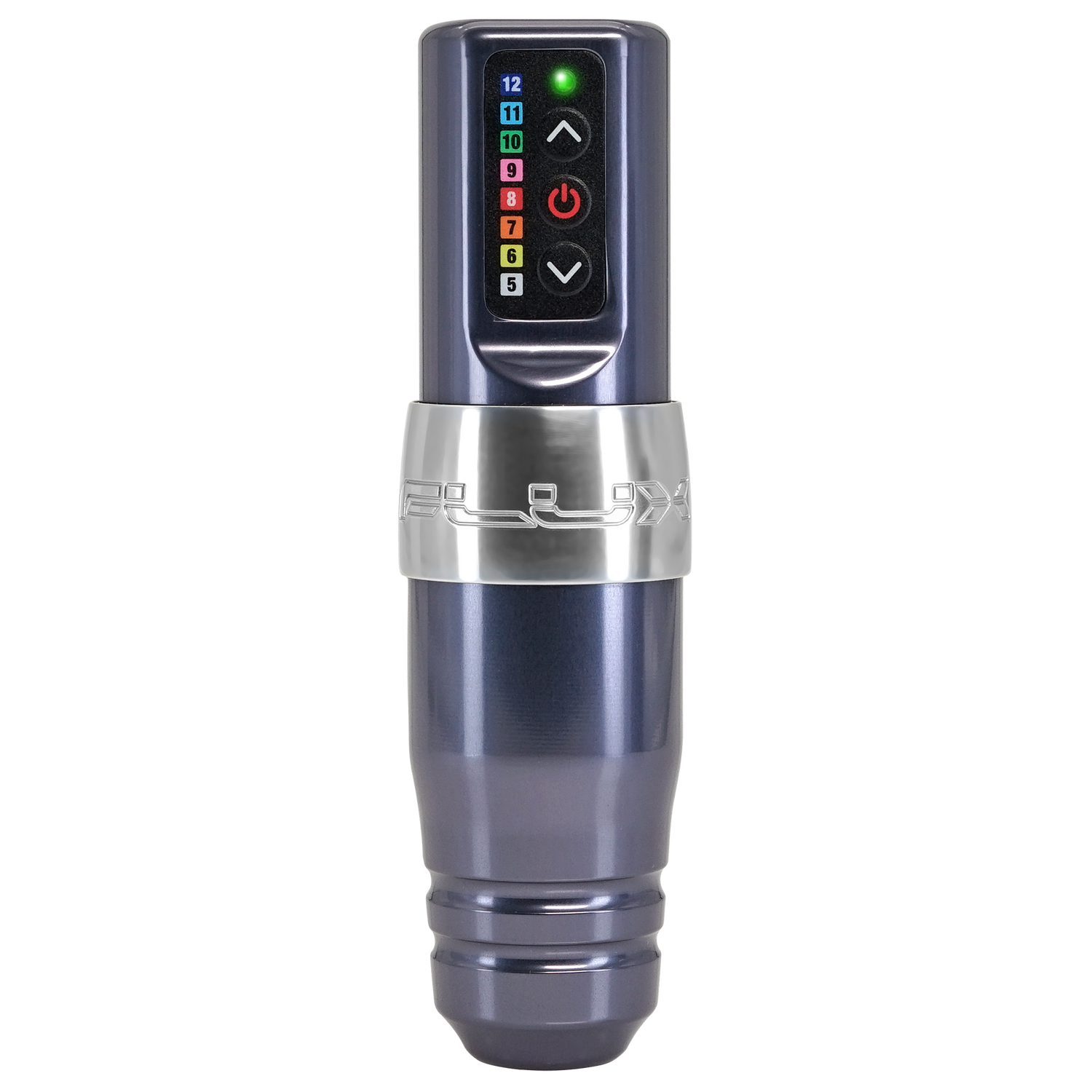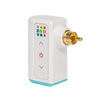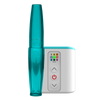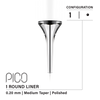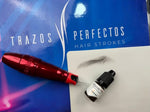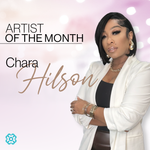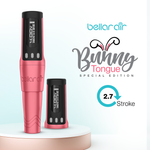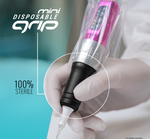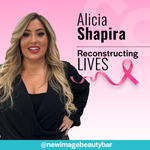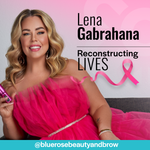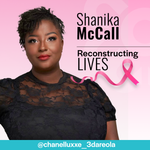
The highly-regarded website, Healthline.com, recently gave their rather science-based guide for lip blushing and referenced some of Lulu Siciliano’s before-and-after photos of her PMU lip work (Lulu is the Microbeau International founder).
The Healthline article gave general information for Opens a new windowclientsOpens a new window, but from the technician's side, we know that clients can suddenly start worrying or make unusual demands, so we’re going to help you answer the toughest questions!
The best way to do this is by taking some time out beforehand to prep your client. Between this blog post and the printable PDFOpens a new window, we help you inform them before they even walk through your door.
-
“This isn’t the color I wanted!”
Although to a permanent makeup technician all of the following is common sense, it is often a shock to clients, so cover all your bases by talking about it beforehand.
Let your client know that the first day the color will be exaggerated and that due to the irritation, their lips will be more red-tinged than the color you chose together.
This also should be stated to your client: the body naturally pushes the pigment out through the layers of the dermis and those layers also have color and influence the perception of the pigment. As the pigment gets pushed out through each layer, the color will change.
Mention that there are factors outside of your control that influence the final color, including:
- Age
- Sun exposure
- Metabolism
You can explain that during a touch-up session you can apply opposite or proximate colors on the color wheel as correctives to get closer to the color they desire.
-
“My lip is peeling heavily! It’s scary. Is this normal?”
Day 3 = lips generally start to peel
Days 6-9 = lips start to heal (depending on age, metabolism, etc.)
Download and print the instruction sheet for your clients.Opens a new window
Show your clients images of lip's healing process!
The collage below is a best-case scenario:
- Light-handed artist, Lulu Siciliano (co-founder of Microbeau International)
- Using gentle pigments
- Client heavily moisturizes her lips with proper products (not water)
- Model followed all pre- and aftercare guidelines

-
“How big can you make my lips?”
Some clients mistakenly equate “lip blushing” with “lip fillers.”
Speak plainly about the lip tinting procedure, specifically that you’re using what is essentially a tattooing machine, except it's designed to hit softer for delicate skin and special needles that inject pigment into the lips.
Also explain that this will temporarily swell their lips, but that it won’t be a permanent size.
-
“Will this look natural?”
In advance, show your clients the portfolio of your healed work and assure them that you are capable of creating a range of looks, from dramatic to demure. Do your best to assure them that you respect their preferences.
-
Semi- vs Permanent makeup
While many people use these terms interchangeably, as a professional, inform your clients that they are different. Some procedures and pigments that will remain in the skin longer than others. For instance:
- a carbon black eyeliner is likely to be permanent and forever ingrained in the eyelid
- in the case of lip micropigmentation procedures, however, it is semi-permanent and if there are any pigment traces, they will be unnoticeable
-
“Do I really need to schedule a touch-up session?” (where the client prefers to not have to pay for another session)
Volunteer the information that a touch-up session normally does not cost as much as the actual tattooing session. If all is healing well, there may not even be a need to touch anything up.
Explain that permanent makeup is almost like a microsurgery. You're injecting needles into the skin. So not going to a touch-up session is similar to avoiding the follow-up appointment with your doctor after having minor surgery.
Any patient should desire their doctor give them a once-over to see how their healing is coming along and ensure everything is on track. And so should a client who has had lip blushing.
-
"How soon can I get my next touch-up?"
Conversely, your client with intense color neutralizing pigment (for instance, yellow) in their lips for a week might be anxious to get their second pass to cover up the odd color as quickly as possible.
You can state that generally it takes between 4-6 weeks, but that the true test is how ready your client's lips are for the next pass. Explain that the delicate nature of the lips requires that they be healed enough to run the next pass, or risk scarring.
For beautiful results, each set of lips deserves their time to heal.
-
"Can you make my lips look like hers?" (and your client shows you a picture of Angelina Jolie)
We've all admired a famous actor's hair, eyebrows or lips, but so that your client doesn't take it personally when you tell them their features are nothing like the artist and that they are asking for the impossible, start off by talking about the look that you love but will never achieve.
Show your client a picture of your favorite star's look and point out exactly how you cannot possibly make that look happen because of the fundamental differences in bone structure and how that look wouldn't match your face, anyway.
Explain that your job is to enhance and enhance your client's current features. Oh, and show them this meme for a laugh:
-
"The pre- and aftercare guidelines seem too strict. How closely do I really have to follow them?"
It's time to get cozy with your client and emphasize the teamwork. This is so important you can even post on your wall:
"Good healing with no scars, beautiful color and shape will depend on two people: me, the artist, as well as how well you take care of your lips. I promise to do my best for you, and you have to promise to do the best for yourself!"
Keep up that great rapport with your clients by being communicative and having ready answers to their doubts and unusual questions.
